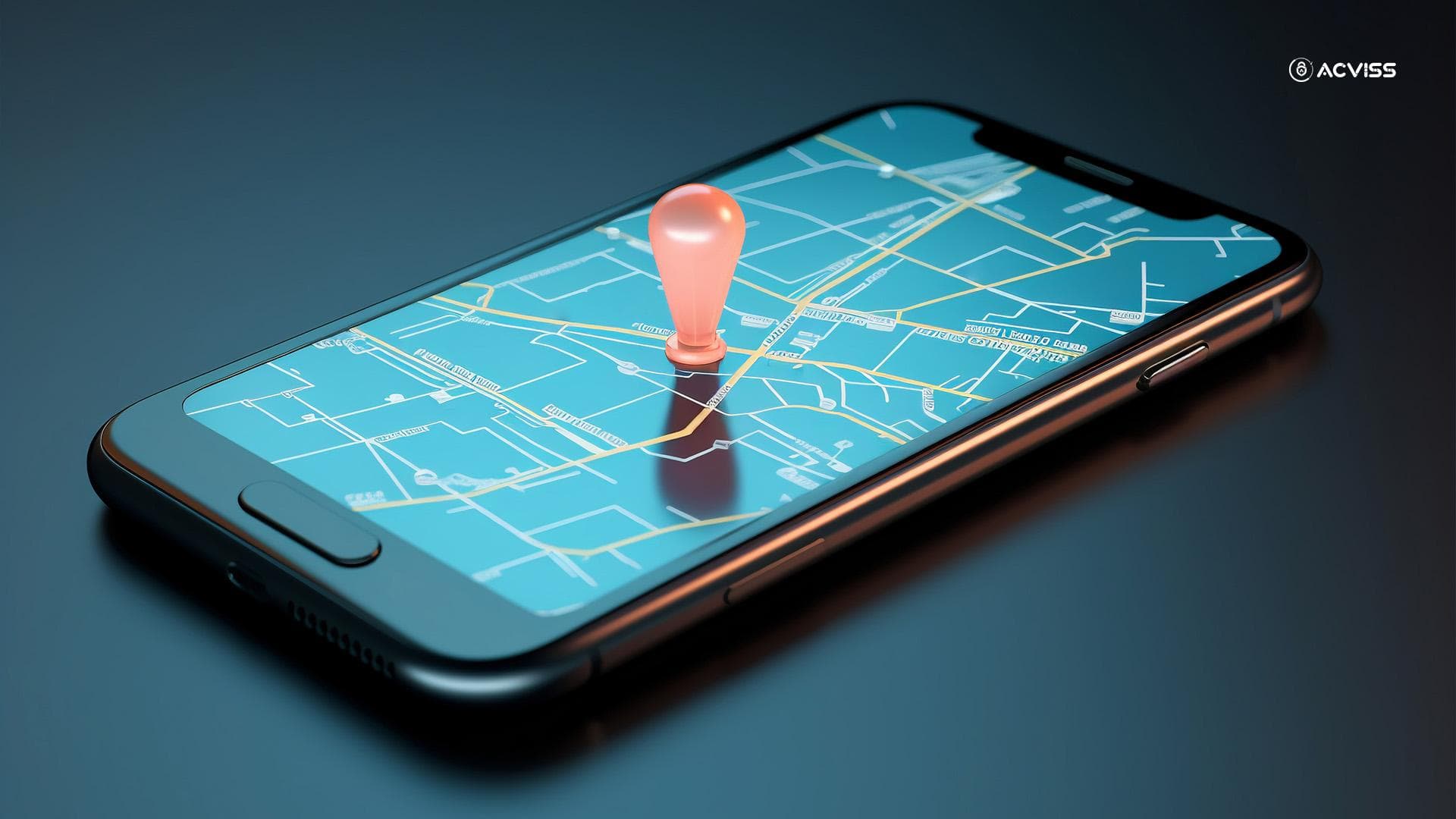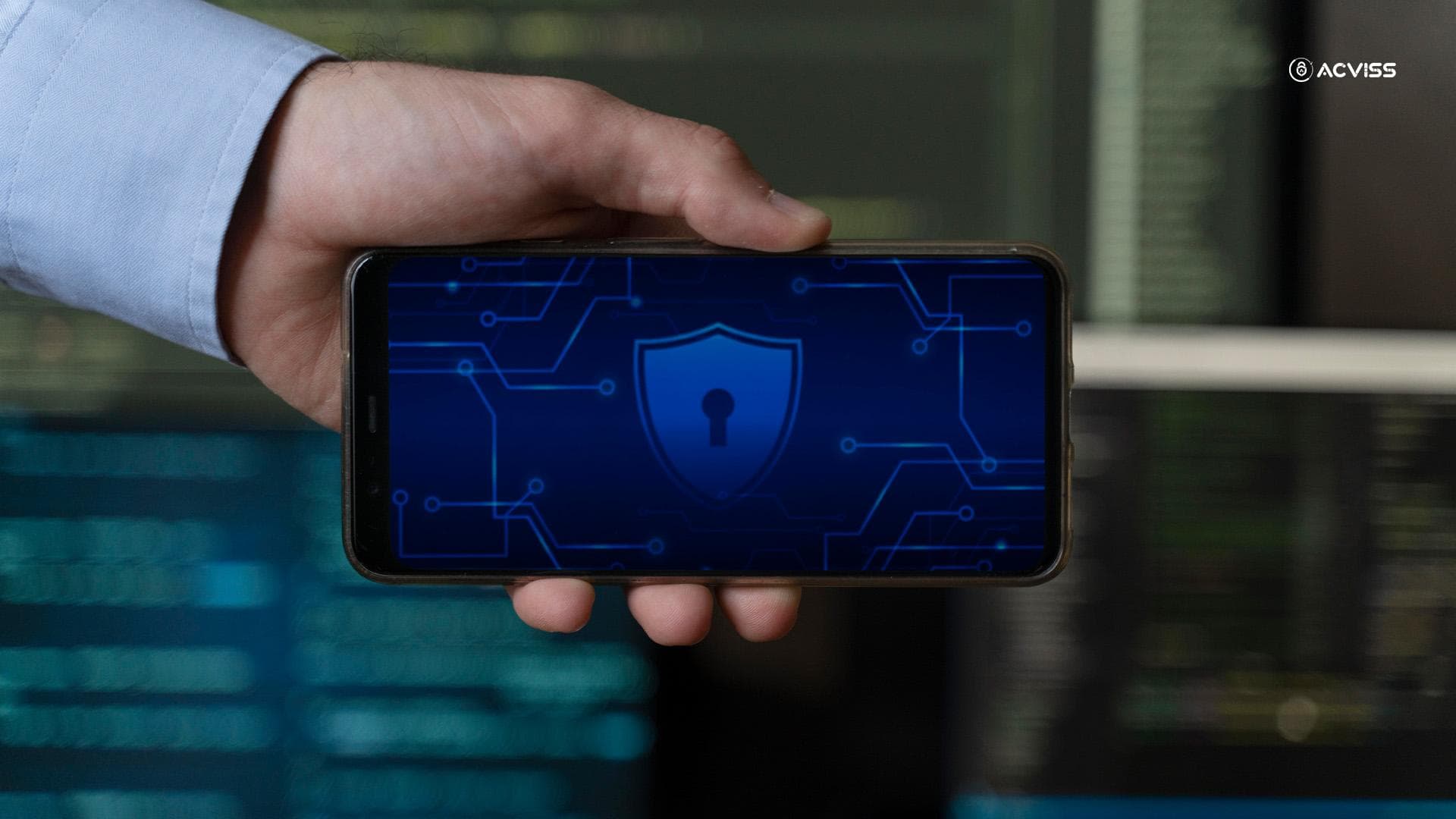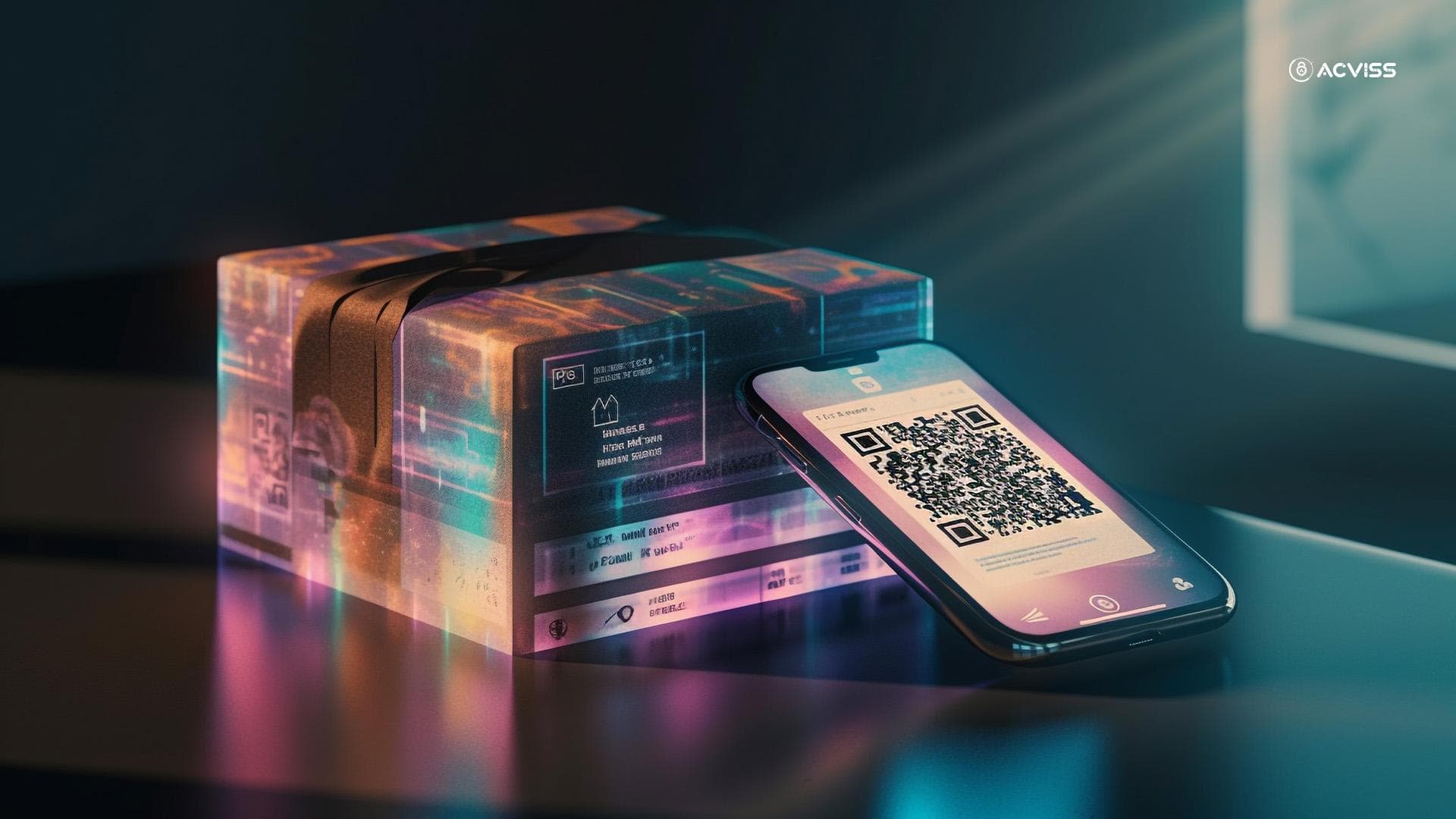Why Product Diversion Hurts Agriculture and What Brands Can Do About It
Agriculture forms the backbone of many economies, feeding populations and fuelling industries. Yet, beneath its vital contribution lies a persistent challenge that silently erodes both profitability and trust, product diversion.
In the agricultural supply chain, product diversion occurs when goods meant for a specific market, region or purpose are illegally redistributed elsewhere. Fertilisers, seeds, pesticides, and crop nutrients each play a critical role in farm productivity, but when these products are diverted, they can be sold in unauthorised regions, diluted, or even counterfeited.
The results are damaging on multiple fronts.
- For brands, diversion leads to revenue loss, market imbalances, and reputation damage.
- For farmers, diverted or tampered products often compromise yield quality and safety.
- For regulators, tracing accountability becomes increasingly complex, especially in regions with fragmented supply networks.
According to the OECD and FAO, the global agricultural trade has increased by nearly 25% in the past decade, but with this growth, unregulated movement and parallel trade of agro products have become more sophisticated. As distribution networks expand, controlling and authenticating the flow of goods becomes not just a matter of operational efficiency, but of brand protection and product safety.
This is where geofencing technology, an often-overlooked component of modern supply chain management, steps in to redefine visibility and control.
What Is Geofencing and Why Does It Matter?

Geofencing is a location-based technology that creates virtual boundaries around a physical area. When a device, asset, or product equipped with a digital identifier enters or leaves these boundaries, the system automatically triggers alerts or actions.
In simpler terms, it’s like drawing invisible lines around your distribution zones, and being notified the moment your product crosses them.
In the context of agro supply chain management, geofencing serves as a sentinel that helps brands and manufacturers:
- Monitor distribution routes in real time.
- Detect unauthorised movement of goods beyond approved zones.
- Enforce compliance with regulatory boundaries such as those defined under frameworks like the EUDR (EU Deforestation Regulation).
- Build traceability and accountability across their product journey, from manufacturing plants to farmlands.
By pairing geofencing with track and trace technologies, manufacturers gain the ability to visualise the flow of every product unit, ensuring that fertilisers meant for Maharashtra do not end up in Myanmar, or seeds tagged for one region are not repackaged for another.
The Hidden Costs of Diversion: Why Traditional Systems Fail
Most agro brands still rely on manual tracking, dealer-level reporting, or paper-based documentation. These systems are vulnerable to tampering, delays, and data loss.
For instance, if a consignment of pesticides is distributed to authorised dealers, what ensures that it isn’t later resold to grey markets for higher profit? Without digital oversight, the brand has little visibility once the product leaves the factory gates.
Diversion costs extend far beyond lost sales:
- Erosion of brand trust: When unauthorised or expired products reach farmers, they associate poor performance or crop failure with the brand.
- Regulatory non-compliance: Many governments are tightening rules around product origin, sustainability, and usage reporting, especially under evolving standards like EUDR traceability.
- Rise of counterfeiting: Diverted products often enter counterfeit networks, where they are refilled or relabelled to appear genuine.
The consequence is a fragmented supply chain, one that lacks both traceability and authenticity verification.
Geofencing as a Shield: How It Prevents Diversion

Geofencing enables brands to set up digital boundaries around regions, warehouses, and authorised retail points. Each product or batch, once linked to a traceable digital identity, becomes part of a controlled ecosystem.
Let’s explore how it works in practice:
- Mapping Distribution Zones
Brands define the geographical limits of each distributor or dealer’s territory. Geofences are created digitally using GPS coordinates, aligning with real-world administrative boundaries. - Assigning Traceable IDs
Every product or batch is tagged with a unique, non-cloneable identifier, often in the form of QR codes or smart labels. These identifiers link to a track and trace system, forming the backbone of digital product traceability. - Real-Time Movement Tracking
As products move through the supply chain, their scans and check-ins generate location data. If a product crosses its assigned boundary, the system immediately flags it for review. - Automated Alerts and Action
Geofencing tools can notify brand managers or enforcement teams about any breach, ensuring a swift response before diverted goods hit the market. - Data Analytics and Insights
Beyond security, geofencing generates valuable intelligence about product movement, distributor performance, and demand patterns, enabling smarter, data-backed decisions.
This integrated mechanism transforms passive supply chain oversight into active brand protection. It doesn’t just prevent diversion; it builds trust by ensuring that the right product reaches the right place, every time.
The Broader Ecosystem: Geofencing Meets Traceability
While geofencing provides boundary control, traceability systems ensure that every product movement is recorded, verified, and authenticated.
A comprehensive track and trace solution connects geofencing with other anti-counterfeiting technologies, such as:
- Digital product authentication systems that verify authenticity through secure codes.
- Blockchain-based traceability to maintain transparent, tamperproof records of movement.
- Machine learning analytics to detect unusual distribution patterns and predict diversion risks.
Together, these form a closed-loop ecosystem of IP protection and brand authentication, critical for industries dealing with high-value agricultural inputs.
For example, a brand using such systems could identify that a consignment meant for Rajasthan was scanned repeatedly near a border state, suggesting unauthorised reselling. The system could then restrict warranty activations or dealer bonuses linked to that product batch, preventing revenue leakage while maintaining operational fairness.
From Field to Fork: Why Product Traceability Matters More Than Ever
Modern agriculture is not just about producing food; it’s about producing verified, safe, and authentic products that align with consumer and regulatory expectations.
With increasing emphasis on sustainability and ethical sourcing, traceability has become a strategic advantage. Under EUDR and other global frameworks, companies must demonstrate the origin of their products and ensure they are free from deforestation-linked or non-compliant practices.
Traceability, enhanced by geofencing, ensures that every link, from farm-level sourcing to logistics, remains transparent. This reduces not only the risk of diversion but also strengthens a brand’s reputation and compliance standing.
Key benefits include:
- Enhanced product verification and authentication.
- Streamlined recall management.
- Improved customer engagement through visibility and trust.
- Data-driven decision-making for supply chain optimisation.
Case in Point: The Role of Non-Cloneable Technology

While geofencing provides spatial control, preventing the duplication of product identities is equally crucial. This is where non-cloneable technology plays a pivotal role.
Traditional barcodes or QR codes can be copied, allowing counterfeiters to create fake products that mimic legitimate ones. Non-cloneable codes, on the other hand, use cryptographic or physical randomisation techniques that make every identifier mathematically unique and impossible to reproduce.
When integrated into a geofenced traceability system, this ensures that:
- Each product can be authenticated by the end user through a simple scan.
- Counterfeit or diverted items are instantly flagged.
- Real-time brand verification and IP protection are maintained across all distribution channels.
Brands leveraging this dual-layer protection, geofencing for movement control and non-cloneable identifiers for authenticity, gain a formidable shield against both diversion and counterfeiting.
Solutions like Acviss Origin, for example, bring these elements together to provide end-to-end visibility, verification, and compliance in complex supply chains. By combining geospatial intelligence with secure product identifiers, brands can monitor product journeys in real time and ensure that every item remains where it’s meant to be.
Geofencing Beyond Diversion: Building Trust and Customer Loyalty
While the primary objective of geofencing is to prevent unauthorised distribution, its indirect benefits extend to customer satisfaction and engagement.
Consumers today demand transparency. When they purchase an agro product, whether a fertiliser or pesticide, they seek assurance that it is genuine, safe, and sourced responsibly. With geofencing and traceability in place, brands can share verified product data, such as:
- Manufacturing details
- Distribution origin
- Authenticity verification
- Warranty or loyalty programme eligibility
This level of openness transforms product verification from a back-end process into a customer-facing value proposition. Farmers gain confidence in the brand, dealers benefit from clear distribution policies, and regulators receive accurate compliance records.
In the long term, such transparency cultivates brand trust and loyalty, reinforcing the company’s position as a responsible and reliable market leader.
Integrating Geofencing into Supply Chain Management
Implementing geofencing is not a one-step task; it requires strategic integration into existing supply chain frameworks.
Here’s how brands can approach it effectively:
- Assess and Map Distribution Risks
Identify zones most vulnerable to diversion. This includes border regions, high-demand territories, and areas with weak dealer oversight. - Adopt Scalable Track and Trace Platforms
Implement systems that can integrate with your ERP or logistics software to ensure seamless product movement tracking. - Train Distribution Partners
Ensure that dealers and distributors understand how geofencing and product authentication contribute to overall brand protection and compliance. - Combine with Product Authentication Layers
Use non-cloneable identifiers and secure verification platforms to strengthen product-level protection. - Leverage Analytics for Continuous Improvement
The data gathered through geofencing can help refine route planning, forecast demand, and improve customer engagement strategies.
Through these steps, agro brands can evolve from reactive problem-solvers to proactive protectors of authenticity and integrity.
Challenges in Implementation, and How to Overcome Them
Like any technology, geofencing faces its own set of challenges:
- Connectivity limitations in rural regions can affect real-time tracking.
- Integration complexity with legacy systems may require customised development.
- Data accuracy and device reliability must be ensured for consistent operation.
However, these challenges are being rapidly addressed by modern IoT devices, AI-driven logistics monitoring, and cloud-based traceability platforms. Today’s systems are designed to function even in low-connectivity zones, syncing data automatically once the network stabilises.
In other words, the barriers are no longer technological; they are strategic. The key lies in how brands commit to transparency and accountability across their distribution chain.
The Bigger Picture: A Step Towards Sustainable and Compliant Agriculture
Beyond commercial benefits, geofencing aligns with the global movement toward sustainable and compliant agriculture.
Frameworks like EUDR, which require businesses to ensure the traceable and responsible sourcing of products, rely heavily on digital traceability and geolocation technologies. By demonstrating where their products travel, and ensuring they remain within authorised, compliant regions, brands can strengthen their regulatory credibility.
Moreover, by minimising diversion and counterfeiting, companies contribute to:
- Reduced wastage and contamination risks.
- Fair market practices that support genuine dealers and distributors.
- Improved farmer safety, as they access authentic, high-quality products.
In a landscape where the integrity of agricultural inputs directly impacts food security and sustainability, technologies like geofencing are no longer optional; they are essential.
The Future: Intelligent Supply Chains That Think Ahead
The next evolution of geofencing will involve AI-powered predictive traceability, where systems don’t just respond to violations but anticipate them. Machine learning algorithms will analyse shipment data, distributor histories, and regional trends to forecast diversion risks before they occur.
Blockchain integration will add another layer of IP protection and trademark verification, ensuring that every data point in the product journey is immutable and auditable.
Soon, geofencing will merge with dynamic supply chain intelligence, transforming it from a boundary tool into a strategic control centre for product integrity and brand protection.
Final Thoughts
Geofencing is more than a technological innovation; it’s a strategic imperative for brands navigating complex, high-risk agricultural markets. By enabling precise control over product movement, reinforcing track and trace systems, and supporting product authentication and verification, it offers a holistic solution to one of the most persistent challenges in agro supply chain management: diversion.
When paired with non-cloneable identifiers and advanced traceability systems like Origin, brands can safeguard their integrity, ensure product safety, and enhance customer satisfaction, all while aligning with global compliance standards.
In a world where authenticity equals trust, protecting your product’s journey is protecting your brand’s legacy.
Interested to learn more about how geofencing and traceability can secure your agro supply chain?
Get in touch with us today to explore comprehensive brand protection and anti-counterfeiting solutions tailored to your needs.

